Mars Hidden Volcano Discovered In Underground Labyrinth
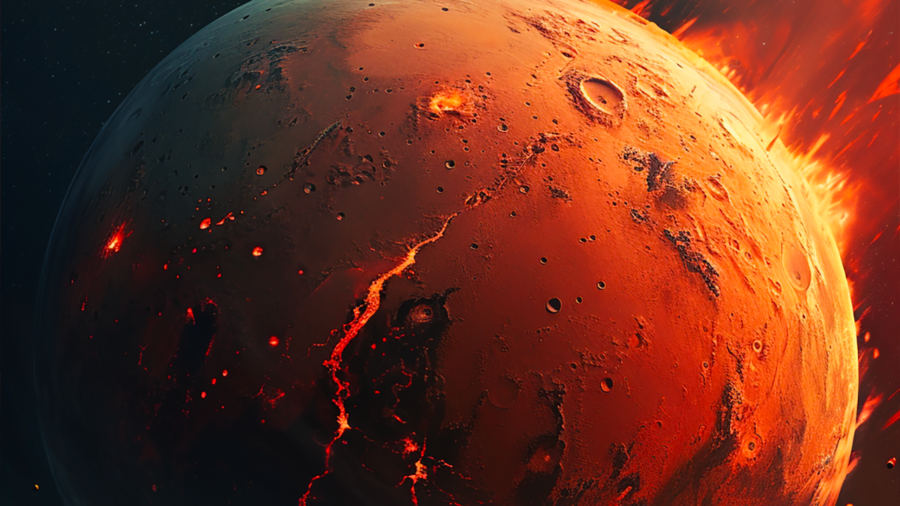
As NASA scientists continue to push modern technology to the absolute limit, new data and analysis of outer space seem to come pouring in with each passing day. Now, a team of scientists representing the SETI Institute claims to have discovered an enormous volcano on the planet Mars, buried within a massive labyrinth of minerals and magma deposits. The Mars volcano may even be buried beside a massive sheet of glacier ice, which, if verified, would confirm one of Mars’ longest-held mysteries.
The Volcano Could Be The Missing Link
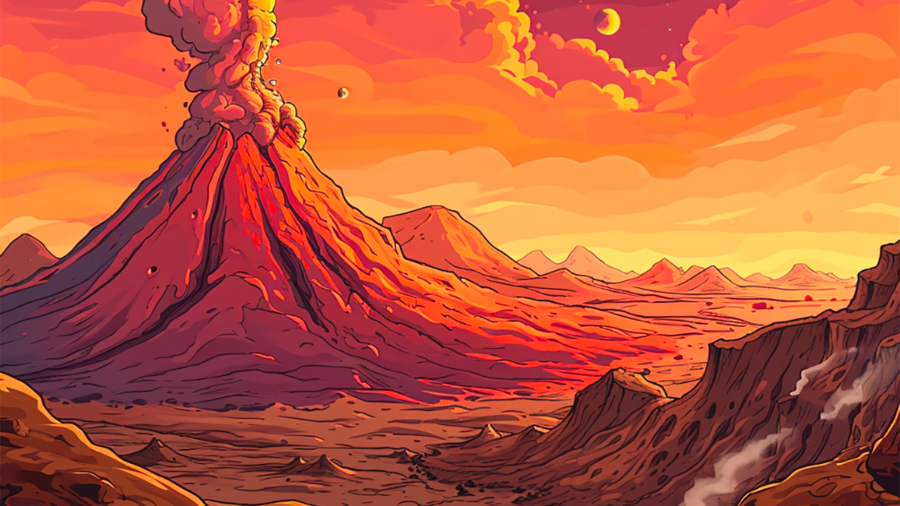
Scientists have been desperately searching for proof of water or ice on Mars for decades now, as the existence of hydrogen and oxygen within the giant red planet would allow astronauts to synthesize fuel and other supplies in the depths of space. If the Mars volcano is truly shielded by a massive hunk of prehistoric ice, this means that water is accessible on the planet and can be mined in large quantities from volatile areas across the surface. A discovery of this kind could be exactly what NASA scientists need to turn Mars into an intergalactic fueling station, allowing human explorers to venture deeper into the unknown abyss than ever before.
Eroded Over Millenia
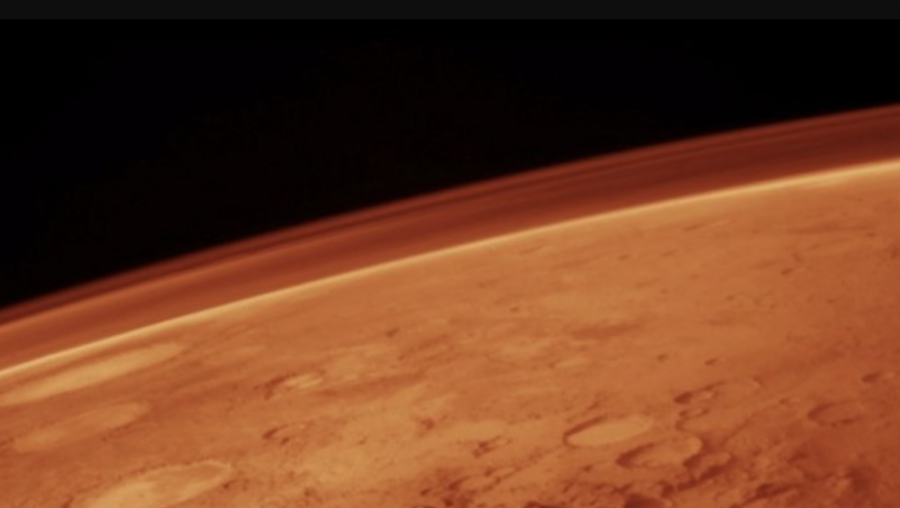
The region of Mars that houses the giant volcano is known as Noctis Labyrinthus and is easily identified by the massive scarring across the surface of the iron-rich crust. Planetary scientist Pascal Lee was studying Noctis Labyrinthus with his team of SETI students when they discovered the massive formation, which many other scientists previously mistook for a simple buried mountain range. Apparently, the volcano’s facade is so eroded by the rock formations flanking it that it looks unlike any volcanic structure ever seen before, fooling astronomers for years.
The Search Is Only Beginning
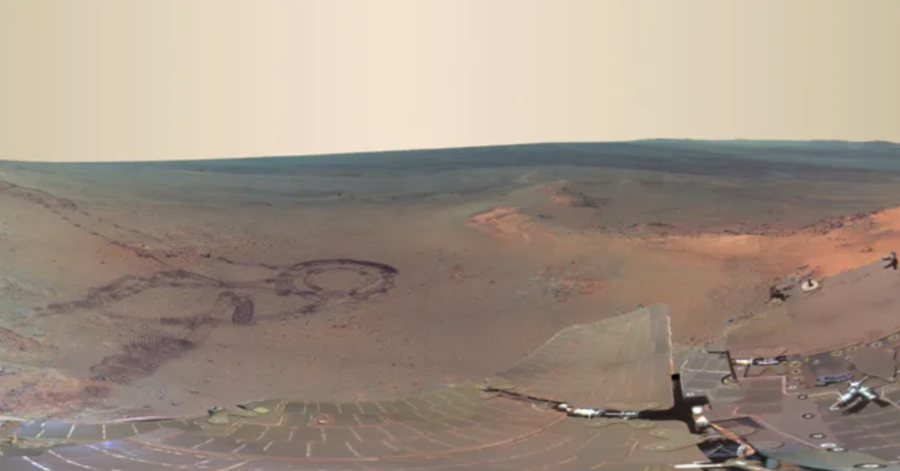
The team has tentatively titled their Mars discovery the ‘Noctis volcano’ and has already begun looking into what other kinds of complex rock and soil deposits the region has to offer. The Noctis Labyrinthus region is known to house a variety of complex minerals, which scientists now assume to have been formed by ancient volcanic eruptions. Even with most of its base buried beneath the surface, the structure of the Mars volcano stands over 29,000 feet tall, making it one of the highest elevations on the entire planet.
Larger Than Any Volcano On Earth
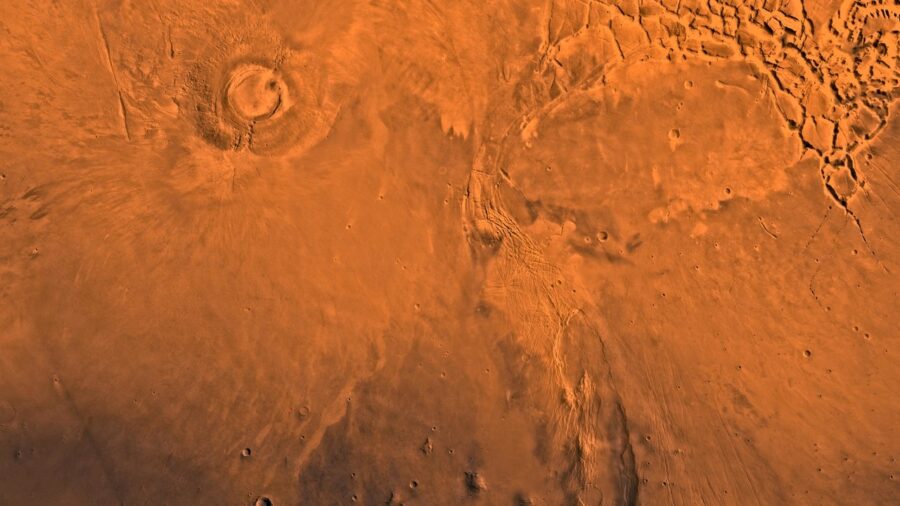
For a local comparison, the Mars volcano towers over Earth’s Ojos del Salado, which serves as our highest dormant volcano at 22,000 feet in height. Though the Noctis volcano is currently inactive, the blistered terrain surrounding the structure seems to indicate that it was erupting molten lava across the surface of Mars for many, many years before falling dormant. In fact, some of the surface shapes are consistent with glacial deposits, leading scientists to believe that the region was once a water-rich oasis.
Impact On Future Exploration
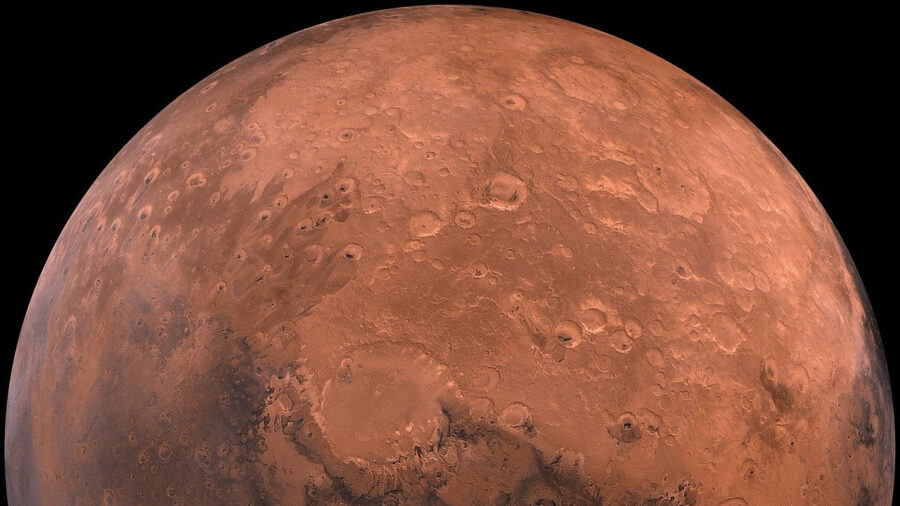
These findings could truly be groundbreaking for NASA astronomers tinkering with Mars exploration plans, as scientists recently discovered a great deal of activity lurking just beneath the surface of the massive planet. As scientific discoveries such as these continue to pour in, mankind is reminded of the unbelievable nature of the universe beyond our little blue marble. More updates on the Mars volcano are sure to come soon as scientists continue digging to better understand the region.












